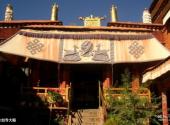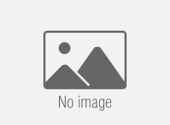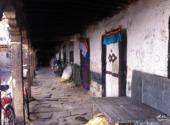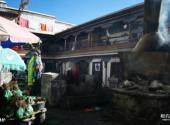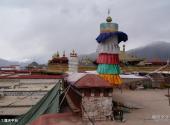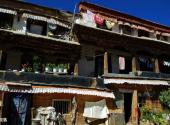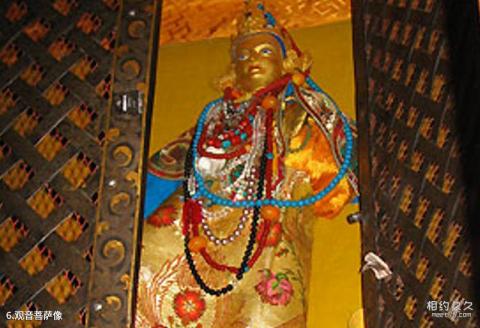
Scenic spot introduction:
The Muru Temple was first built in the 7th century. Its predecessor was the Muru Nyingba behind the Jokhang Temple. As the space around Muru Nyingba was too small and not conducive to development, the Muru Temple was later rebuilt on Beijing East Road. In the past, Muru Nyingba was the main temple and the Muru Temple was a branch temple. After the expansion of the Muru Temple, the Muru Temple became the main temple and the Muru Nyingba was a branch temple. Today, the Muru Nyingba is jointly managed by the three temples of Neqiong Temple, Gongga Temple and Muru Temple.Attractions distribution:
Muru Temple is divided into two parts, one of which is Tibetan courtyard , which is under the management of the Tibetan Buddhist Association’s Sutra Printing Institute. Sang Furnace As the boundary, further north is Muru Temple Main Hall Muru Temple is a courtyard where monks and laymen live together. Wandering in the courtyard, you can feel the baptism of Buddhism and also feel the life atmosphere of the Tibetan people.Scenic spot features:
Photography, visiting ancient sites, religion, culture, ancient templesAttraction Address
Travel Guide
travelling guideline:
1. Muru Temple is a small temple, very quiet.
2. The yard is always decorated with many flowers and plants, like a small garden.
3. The old wooden Tibetan buildings are very charming.
Best time to visit:
All seasons
Tourist Transportation
Scenic spot location:
China > Tibet Autonomous Region > Lhasa > Chengguan District
How to get there:
Muru Temple is located on Beijing East Road and is very convenient to reach on foot from Jokhang Temple.
Scenic area map:
Click to expand the scenic area map
Attraction Tickets
Ticket prices for Muru Temple:
free
Scenic area opening hours:
8:00-18:00

